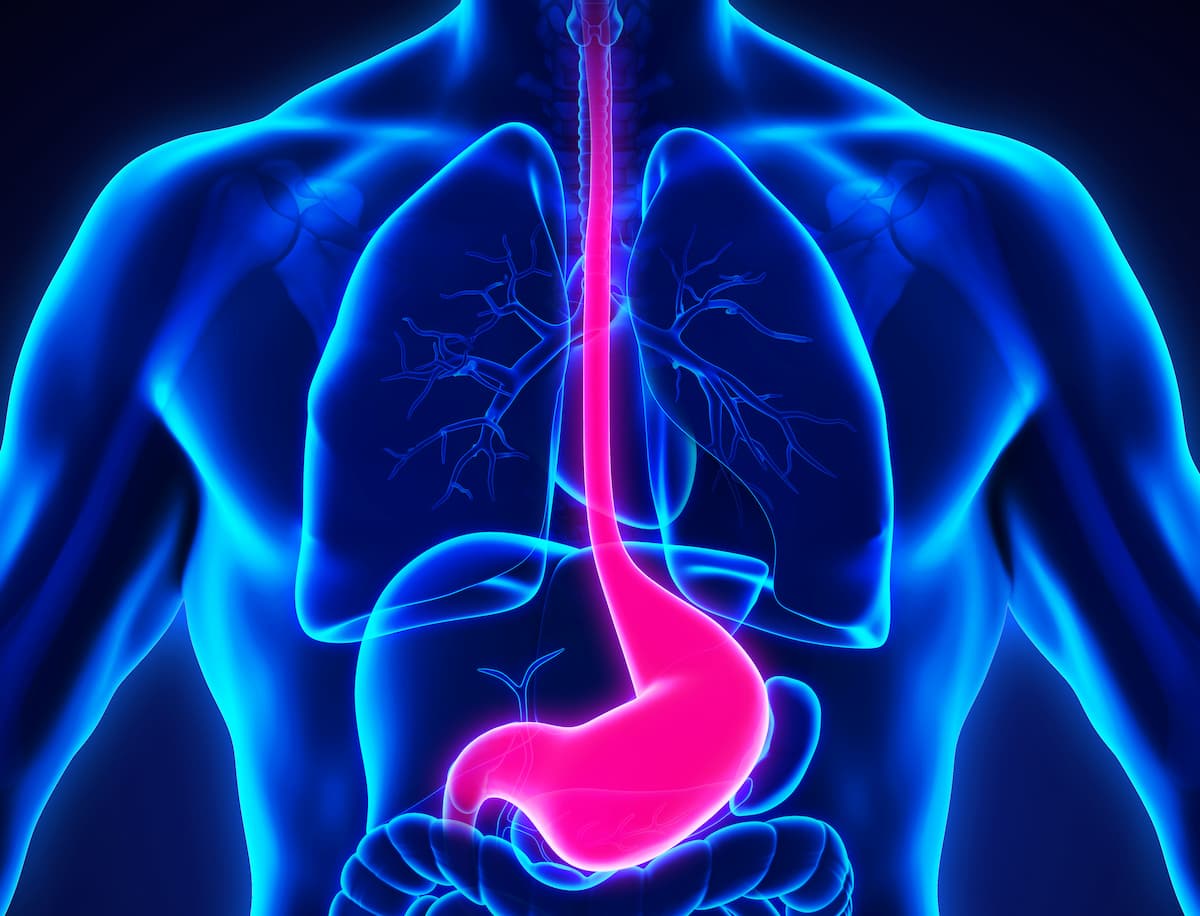Fruquintinib Combo Exhibits Frontline Efficacy in Advanced ESCC
No fatalities were observed with fruquintinib plus camrelizumab, paclitaxel liposome, and nedaplatin when treating esophageal squamous cell carcinoma.
Among evaluable patients, the confirmed objective response rate was 68.4% by RECIST 1.1 criteria, which was comprised entirely of partial responses.

Fruquintinib (Fruzaqla) plus camrelizumab, paclitaxel liposome, and nedaplatin exhibited significant efficacy outcomes and an acceptable safety profile as a frontline treatment for patients with advanced esophageal squamous cell carcinoma (ESCC), according to findings from a phase 2 study (NCT06010212) presented during the 2025 American Society of Clinical Oncology (ASCO) Annual Meeting.
Among evaluable patients (n = 19), the confirmed objective response rate (ORR) is 68.4% (95% CI, 47.5%-89.3%) by RECIST 1.1 criteria, which was comprised entirely of partial responses; 31.6% of patients had stable disease. The disease control rate (DCR) was 100.0% (95% CI, 82.4%-100.0%). Moreover, at a median follow-up of 5.1 months (95% CI, 4.2-7.2), the median progression-free survival (PFS) was 8.7 months (95% CI, 5.2-not reached); the 6-month PFS rate was 81.7%.
“The combination of fruquintinib, camrelizumab, paclitaxel liposome, and nedaplatin demonstrated significant efficacy and manageable toxicity profile as a first-line treatment for advanced ESCC, suggesting a potential new treatment strategy,” Yanhong Gu, MD, PhD, of The First Affiliated Hospital of Nanjing Medical University, Nanjing, China, and colleagues, wrote in the poster.
Taking a Closer Look at the Trial
The single-arm, phase 2 trial enrolled patients with histologically or cytologically confirmed ESCC who had not previously received antitumor therapy. Patients had at least 1 measurable lesion who had an ECOG performance status ranging from 0 to 2.
In the dose-finding phase of the study, based on a standard 3+3 design, each cohort received treatment with fruquintinib (cohort 1: 5 mg; cohort 2: 4 mg; cohort 3: 3 mg) once daily as part of a 2-weeks-on/1-week-off schedule plus the common regimen, which was comprised of a fixed dose of 200 mg of camrelizumab on day 1, 135 mg/m2 of paclitaxel liposome on day 1, and 70 mg/m2 of nedaplatin on day 1 every 3 weeks for up to 6 cycles. This was followed by maintenance therapy in all cohorts, with consistent dose levels used during the combination therapy phase; this continued until disease progression or unacceptable toxicity.
No dose-limiting toxicities were reported in the 3 patients in the 4-mg dose group and the 6 patients in the 5-mg dose group. Therefore, 5 mg was established as the recommended phase 2 dose (RP2D) of fruquintinib. In the dose-expansion phase of the study, patients received the RP2D of fruquintinib in combination with camrelizumab, paclitaxel liposome, and nedaplatin, followed by maintenance therapy.
The primary end point of the study was ORR per RECIST 1.1 criteria, and secondary end points included PFS, DCR by RECIST, and safety.
Investigators reported data from the dose-finding and -expansion phases of the study at the meeting. As of December 28, 2024, a total of 22 patients were enrolled. Median age was 65 years (range, 50-76), and the majority of patients were male (90.9%). Half of patients reported a smoking history, all had an ECOG performance status of 1, and most had 2 or more metastases (77.3%). Moreover, 22.7% of patients had moderately differentiated pathology and 27.3% had poorly differentiated.
Safety Spotlight
Grade 3 or higher treatment-related adverse effects (TRAEs) were reported in 31.8% of patients and comprised neutropenia (13.6%), leukopenia (13.6%), oral mucositis (9.1%), nausea (4.5%), vomiting (4.5%), headache (4.5%), increased aspartate aminotransferase (AST; 4.5%), and anemia (4.5%).
Any grade AEs included anemia (72.7%), neutropenia (40.9%), leukopenia (31.8%), hypertension (31.8%), oral mucositis (27.3%), nausea (27.3%), vomiting (27.3%), hypoproteinemia (27.3%), hypercholesterolemia (27.3%), increased AST (22.7%), thrombocytopenia (22.7%), hematuria (22.7%), hypothyroidism (22.7%), fatigue (22.7%), increased alanine aminotransferase (18.2%), fever (13.6%), constipation (13.6%), decreased appetite (13.6%), rash (9.1%), weight loss (9.1%), headache (4.5%), hyperbilirubinemia (4.5%), proteinuria (4.5%), hypertriglyceridemia (4.5%), and alopecia (4.5%).
No serious TRAEs or deaths were reported.
Disclosures: Gu did not declare any conflicts of interest.
Reference
Gu Y, Qiu T, Mingjie L, Dong Y. Fruquintinib in combination with camrelizumab and paclitaxel liposome and nedaplatin as first-line treatment for advanced esophageal squamous cell carcinoma (ESCC): A single-arm, phase II study. J Clin Oncol. 2025;43(16):4042. doi:10.1200/JCO.2025.43.16_suppl.4042